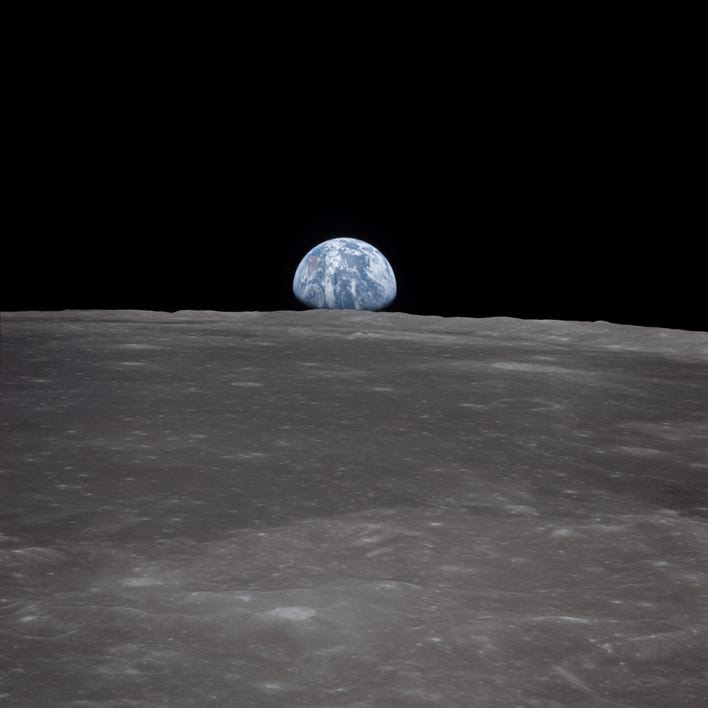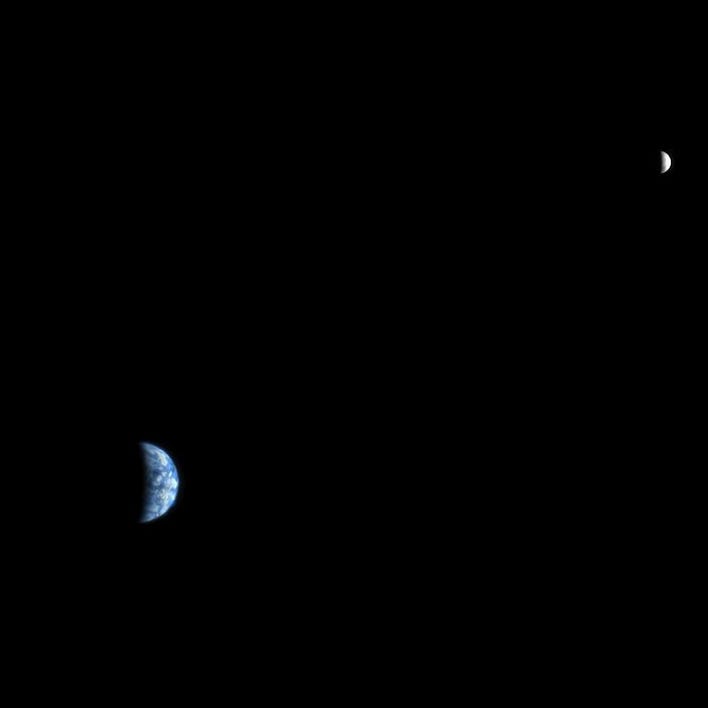
Connecting pre-university students with professional science
Contextual Curriculum Connections
A5 Newton’s law of gravitation
in the context of atmospheric monitoring especially by weather balloons (and the Moon)



The highest mountain peak on the planet is almost 9 km above sea level, and some flights may go to 11 km.
Weather balloons go three times as high. Then they burst.
Principles of using balloons for weather monitoring
Gravitational acceleration and gravitational field strength
g is the symbol used for:
• gravitational acceleration, which at ground level on Earth, without resistive force, is 9.81 ms-2
• gravitational field strength, which at ground level on Earth is 9.81 Nkg-1
In both cases, g = F/m
These have different definitions, but they always have the same value. (Classical newtonian Physics has no explanation for this ‘coincidence’. Einstein’s general relaitivity is needed for that.)
Professor Jim Al-Khalili illustrates Galileo’s measurement of the acceleration due to gravity on Earth
Newton’s gravitational law relates gravitational force with other variables:
• M, mass of one attracting body (measured in kg)
• m, mass of a second body (measured in kg)
• r, the distance between the centres of the two bodies (measured in metres, m)
• and G, so that units and values match. It’s called the universal gravitational constant and has value
6.67 x 10-11 m3kg-1s-2 (in SI base units) or 6.67 x 10-11 Nm2kg-2
F = G M m / r2
If you choose a random location in the whole of the Universe it’s likely that gravity will be very weak. Gravity requires one or more large attracting masses, not too far away.
We live our lives on a modestly large attracting mass, and it has strong effects. This video shows the fall of ice as an Antarctic glacier calves.
Force per unit mass, F/m, gravitational field strength is:
g = F/m = GM/r2
g decreases as distance from the attracting mass, M, increases. We say that it follows an inverse square law.
It’s a useful quantity because it’s force per unit mass and, since it is equal to GM/r2, it doesn’t depend on the size of the mass, m.
Weather balloons ascend to approximately 33 km altitude. The balloon expands due to the low external pressure, and it bursts. It’s all downhill after that.
Is g much smaller at an altitude of 33 km than it is at ground level?
For g at the Earth’s surface, which we can write as g0, r is r0, the radius of the Earth,
For g at an altitude of 33 km, which we can write as g33, r is r33, the radius of the Earth plus 33 000 metres.
Mean radius of the Earth is 6 380 000 metres.
g33 / g0 = (GME/r332) / (GME/r02)
= r02 / r332
= 6 380 0002 / 6 380 0332
Without doing the calculation we can see that 33 km doesn’t make a big difference to the value of g.

Image credit: NASA
The Earth as seen from the Moons surface, photographed during the Apollo lunar landings more than 50 years ago.
The Moons gravitational field strength – force per unit mass – also follows Newton’s law of gravitation.
F = G MM m / rM2
The force per unit mass, gM, which is the gravitational field strength, due to the Moon’s gravity, at the lunar surface
= F/m
= GMM/rM2
G = 6.67 x 10-11 Nm2kg-2
The mass of the Moon, MM = 7.35 x 1022 kg
The radius of the Moon, rM = 1.74 x 106 m
So gM = 1.63 Nkg-1.
Is the Earth’s gravitational field strength at the Moon significant compared with the Moon’s own value of 1.63 Nkg-1?
The Earth’s gravity, like that of all objects, decreases with distance, following an inverse square rule (whereby the force is proportional to 1/radius2.

Image credit: NASA/JPL-Caltech/University of Arizona

The Moon as seen from the Antarctic, here on Earth,
The Moon and Earth as seen from a robotic spacecraft in orbit of Mars
The average radius of the Moon’s orbit of the Earth is 384 000 km.
The Earth’s gravitational force on a body of mass m on the Moon, F1, is given by:
F1 = G M m / r12
where r1 is 384 000 km or 3.84 x 108 m
M is the mass of the Earth and G is the universal gravitational constant
At that distance, the value of g DUE TO EARTH GRAVITY, g1, is given by:
g1 = F/m = GM/r12
At the Earth’s surface, take the Earth’s gravitational field strength to be g0 and the radius to be r0
g0 / g1 = (GM/r02) / (GM/r12)
= r12 / r02
= (3.84 x 108)2 / (6.38 x 106)2
= 14.75 x 1016 / 40.70 x 1012
= 3.62 x 103
g1 = g0 / (3.62 x 103)
The Earth’s gravitational field strength at the distance of the Moon, g1, is much smaller than than the Moon’s own surface value.
(C) David Brodie 2025 Note that all external videos and websites remain copyright of the creators
